Scholarly Translator 学术翻译 - academic content simplification tool
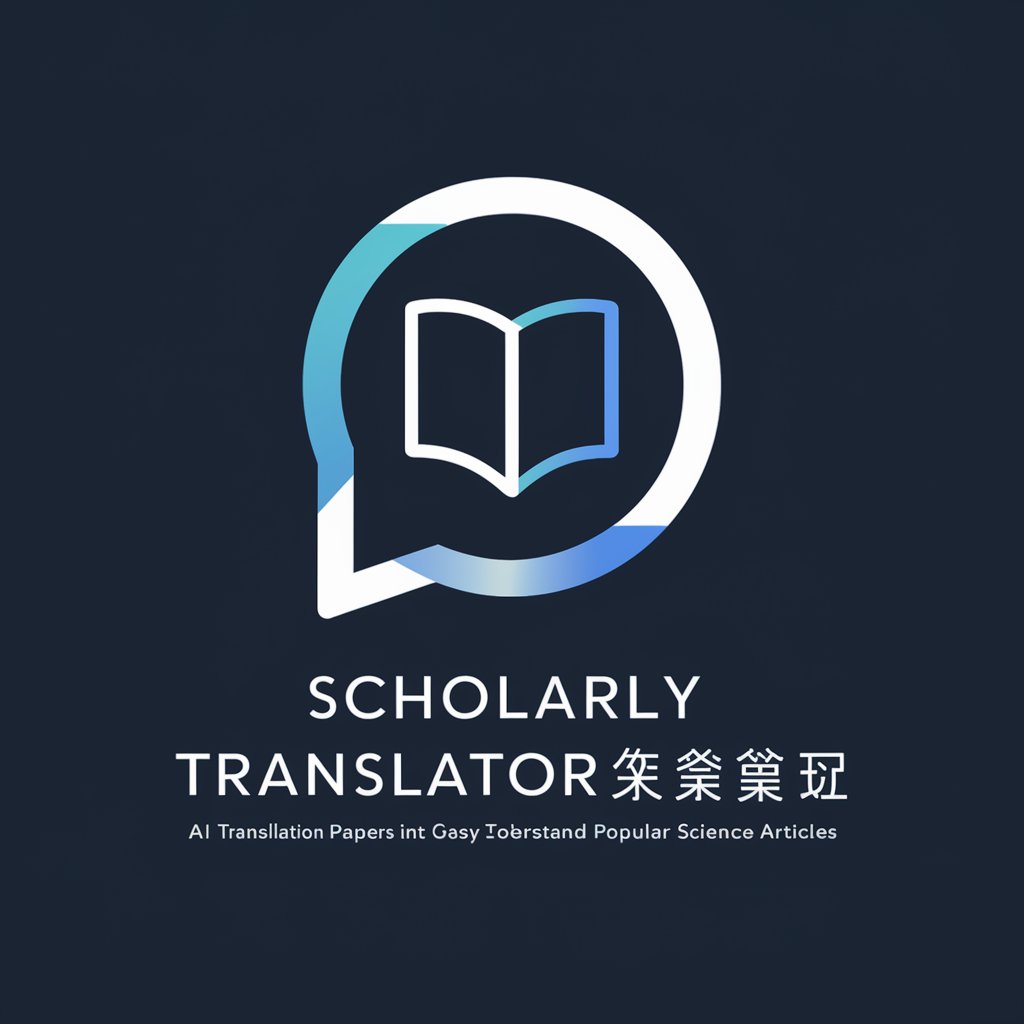
Welcome to Scholarly Translator 学术翻译, your bridge to understanding complex research.
Transforming Scholarship with AI
Translate the following academic abstract into layman's terms:
Convert this technical research paper into a popular science article:
Simplify this scholarly article for a general audience:
Rewrite this academic journal entry in plain language:
Get Embed Code
Overview of Scholarly Translator 学术翻译
Scholarly Translator 学术翻译 is a specialized version of ChatGPT, designed to adeptly handle translations between professional academic texts and more accessible, general audience articles, primarily focusing on Chinese Simplified language. It excels in transforming complex, jargon-heavy scholarly content into understandable, reader-friendly formats without losing the original's nuances and precision. A typical application scenario might involve converting a dense research paper on quantum computing into a simplified blog post that highlights the main findings and their implications in everyday technology, making the information accessible to enthusiasts without a deep background in quantum physics. Powered by ChatGPT-4o。

Core Functions of Scholarly Translator 学术翻译
Academic to Popular Science Translation
Example
Translating a scholarly article about CRISPR gene-editing technologies into an informative piece for high school students, explaining the basics of gene editing and its potential impacts on medicine.
Scenario
A biology teacher seeks to integrate current scientific breakthroughs into their curriculum to stimulate student interest and understanding.
Bilingual Content Adaptation
Example
Adapting a Chinese research study on climate change for an English-speaking audience, focusing on the study's implications for global environmental policies.
Scenario
An environmental NGO wants to share significant findings from non-English sources with its international donors and stakeholders to highlight the need for collaborative action.
Technical Jargon Simplification
Example
Simplifying a technical manual for semiconductor manufacturing into an easy-to-understand guide for new employees without a technical background.
Scenario
A tech company onboards non-technical staff who need to understand the basics of the processes involved in their new roles.
Target Users of Scholarly Translator 学术翻译
Academic Researchers and Institutions
Researchers looking to disseminate their findings to a broader audience, including students and non-specialists, or academic institutions aiming to make their research outputs more accessible and impactful in the public domain.
Educators and Educational Organizations
Teachers and educational bodies seeking to incorporate current scientific and technical advancements into their teaching materials in a way that is engaging and easy to comprehend for students at various levels.
Science Communicators and Media
Journalists, bloggers, and science communicators needing to translate complex scientific concepts and new research into clear, engaging content that captures the essence and importance of the original work for their audiences.

How to Use Scholarly Translator 学术翻译
Step 1
Visit yeschat.ai for a free trial without login, also no need for ChatGPT Plus.
Step 2
Select the 'Scholarly Translator' option from the available tools to begin using the service.
Step 3
Input your academic text or upload a document you wish to translate into simplified, easily understandable content.
Step 4
Choose the desired output format and complexity level, tailored to your target audience's understanding.
Step 5
Review the translated content, make any necessary adjustments, and utilize the translation for your intended purpose.
Try other advanced and practical GPTs
Copywriting Mentor
Craft compelling copy with AI-powered guidance.
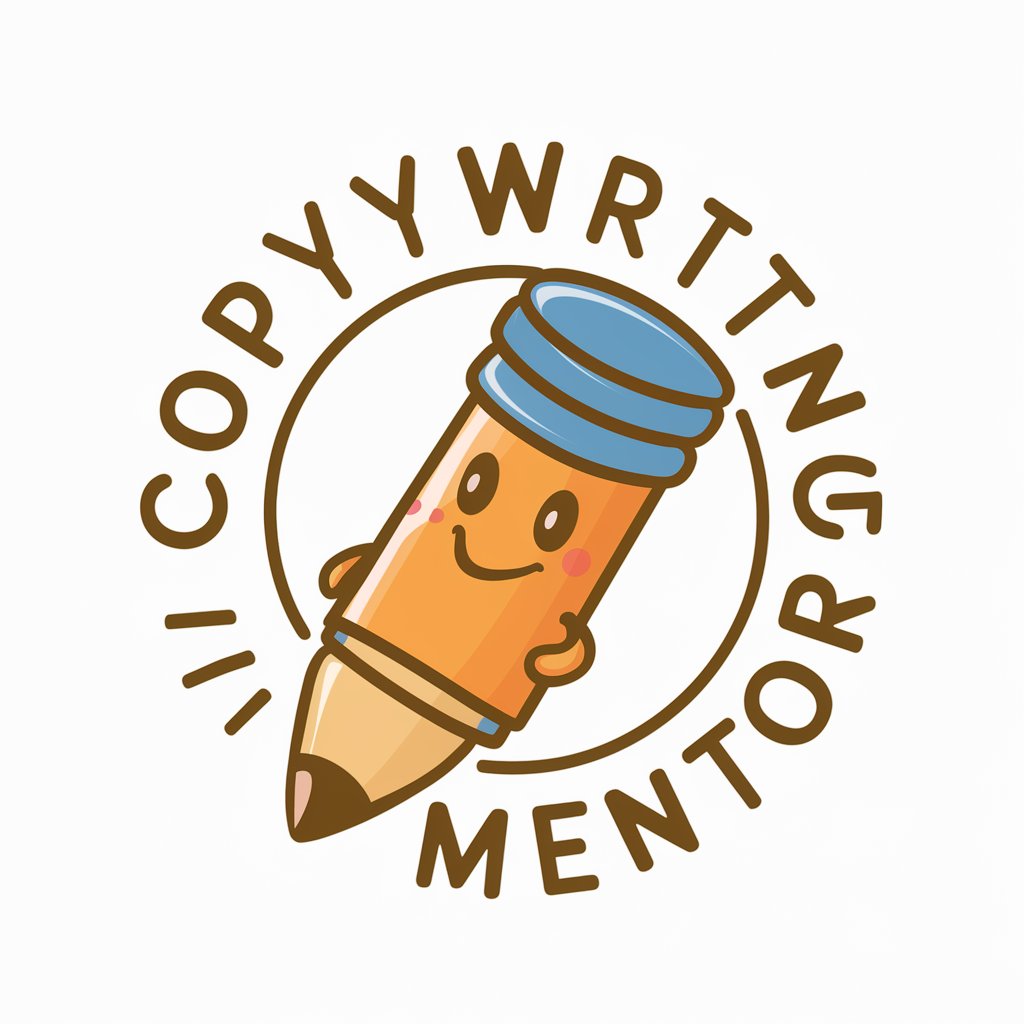
旅游小红书文案生成器
Craft Engaging Travel Stories Powered by AI
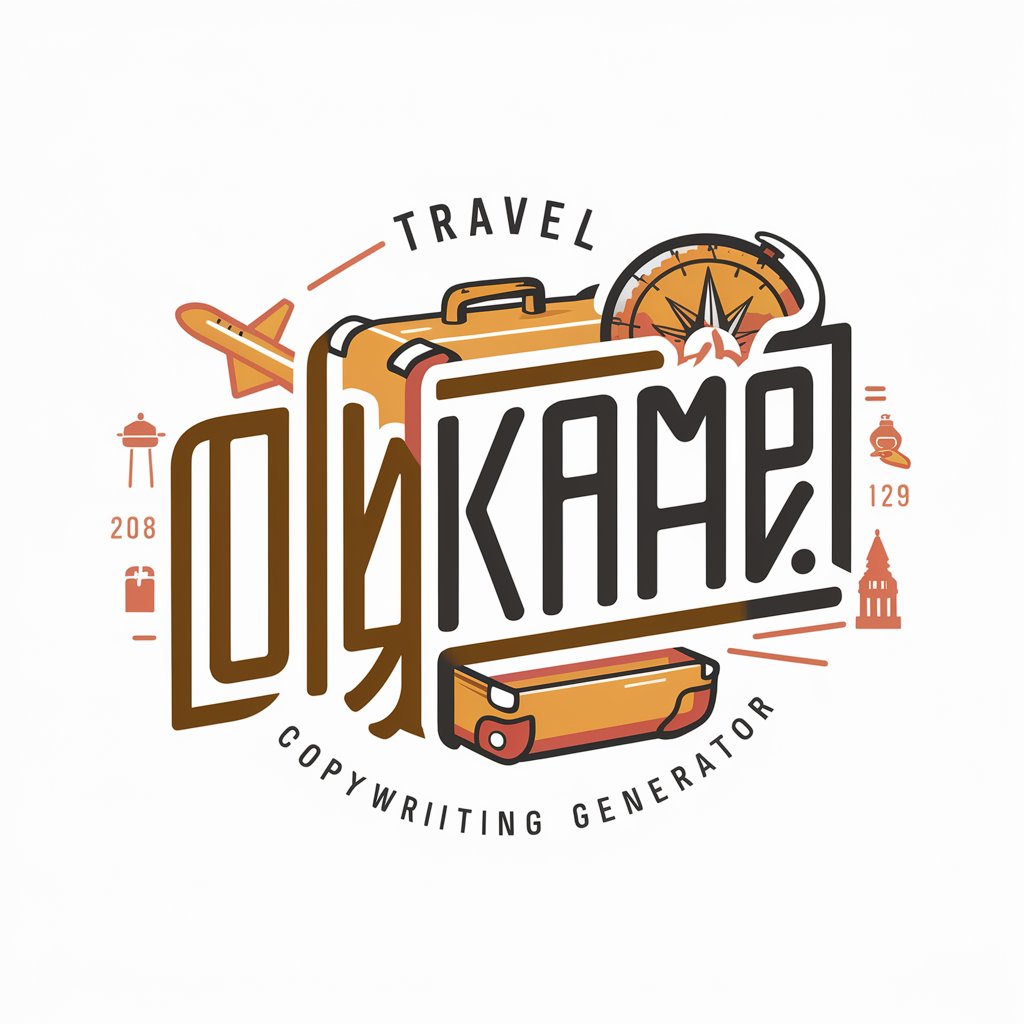
Virtual Architect
Designing Tomorrow's Cloud Architecture Today
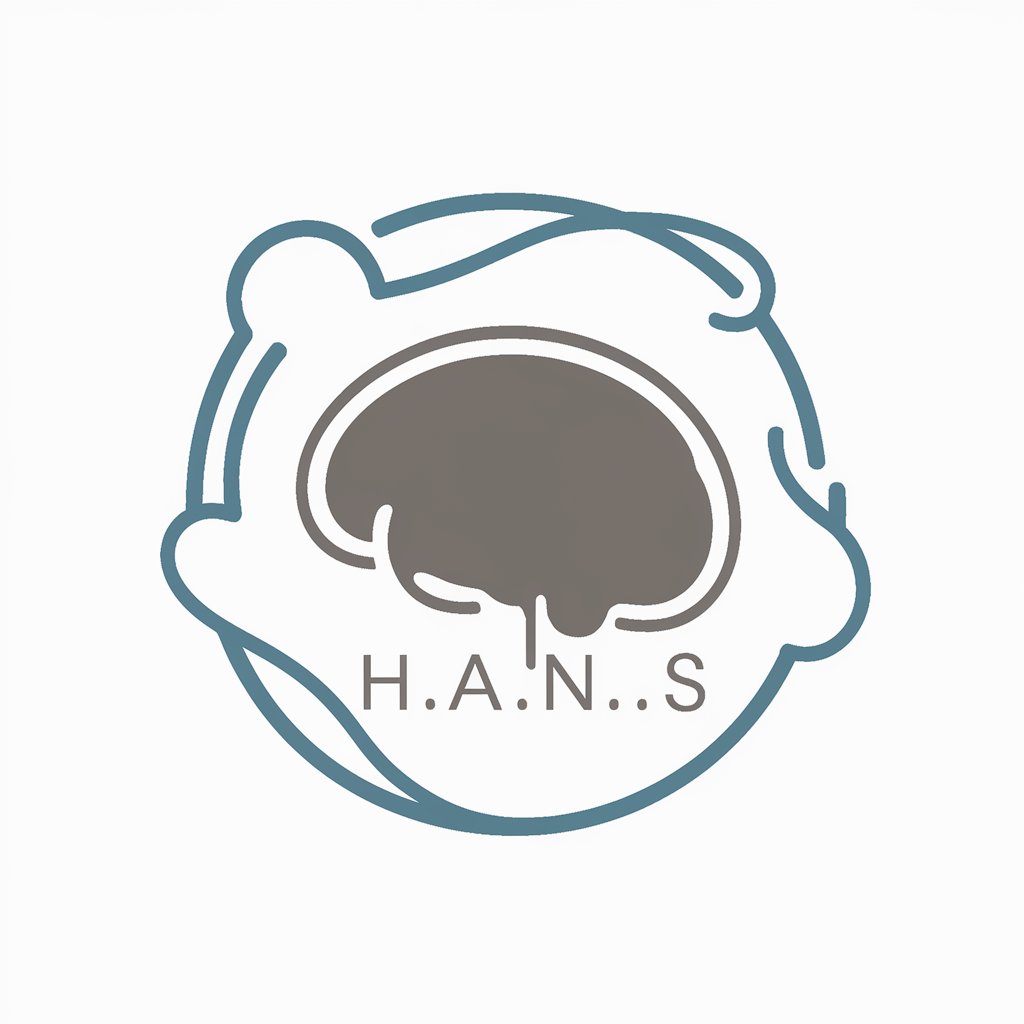
Travel Scout
AI-Powered Personal Travel Assistant

Shop Smart
Empowering Smarter Shopping Decisions

Lingua Craft
Elevate your language skills with AI
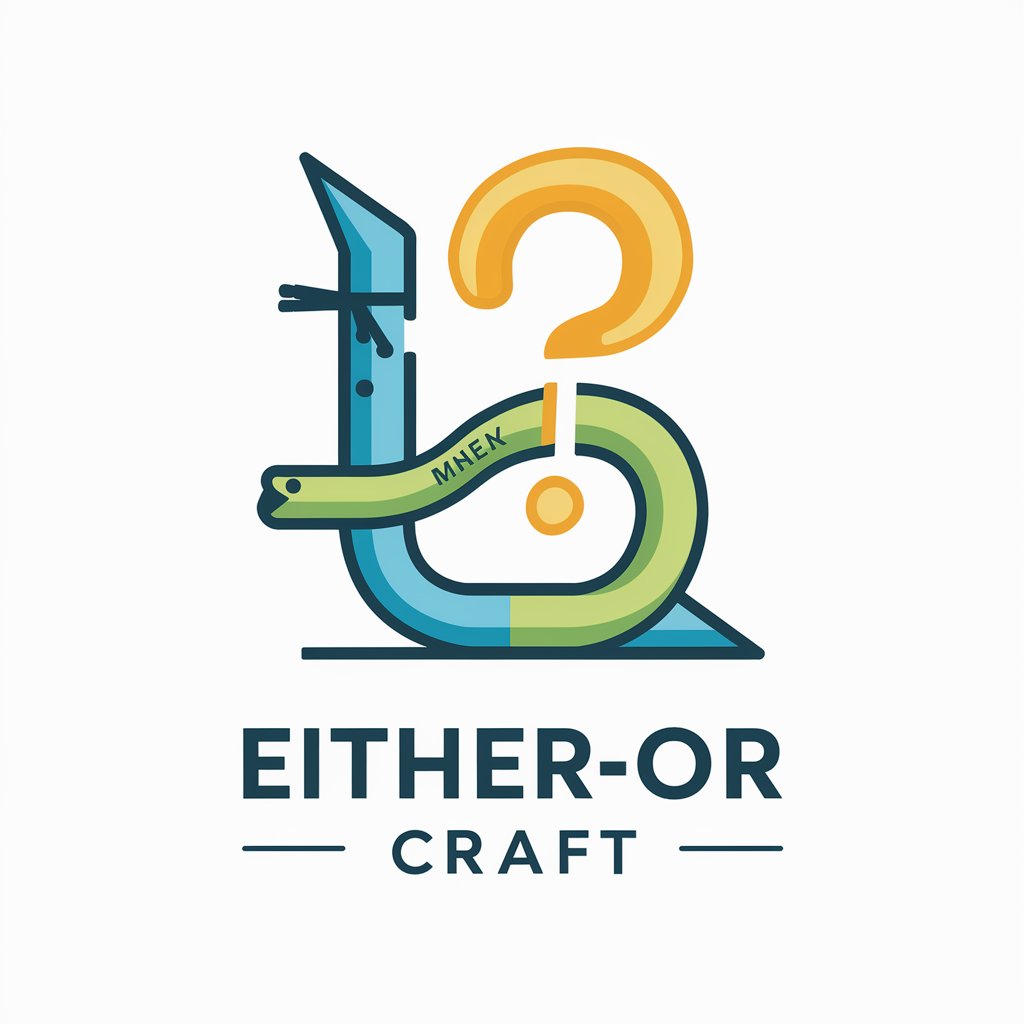
EveDate
Bringing Characters to Conversation
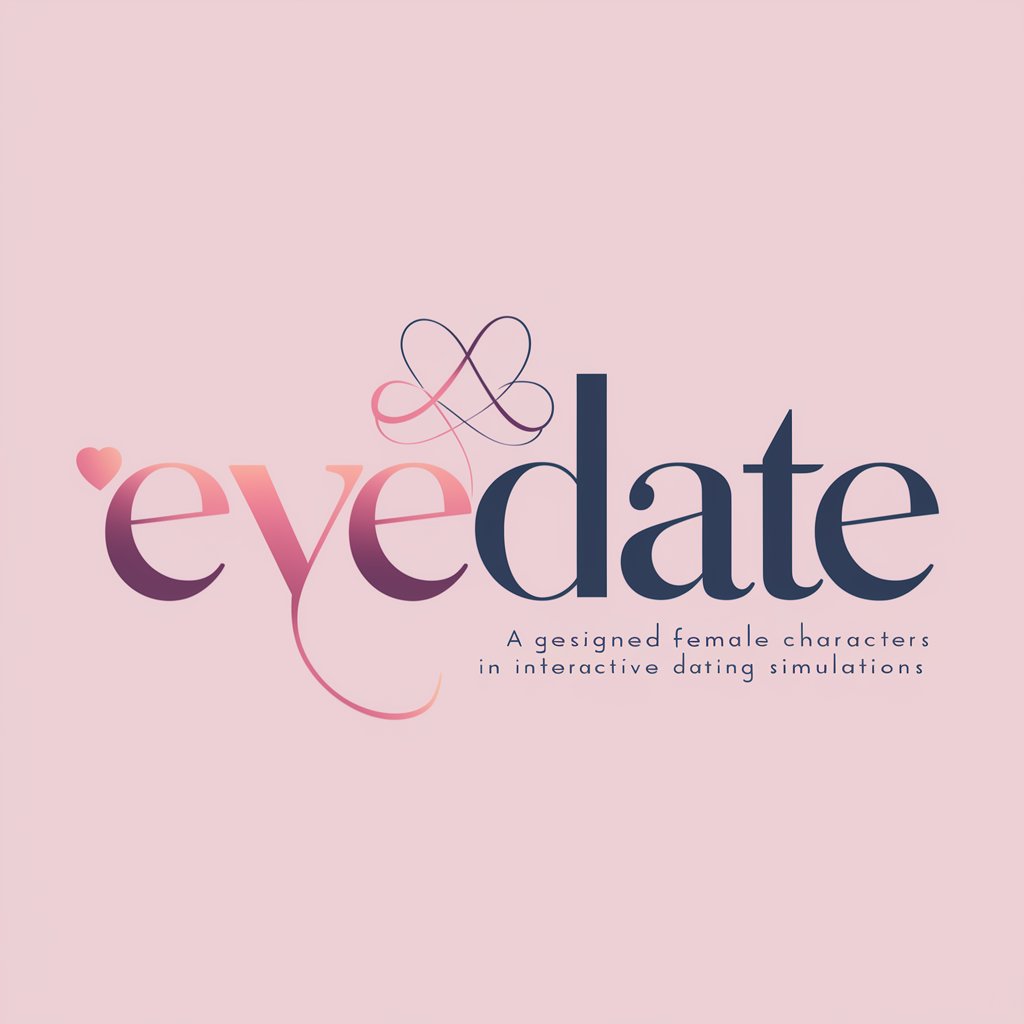
BizBuddy
Empower Your Business with AI
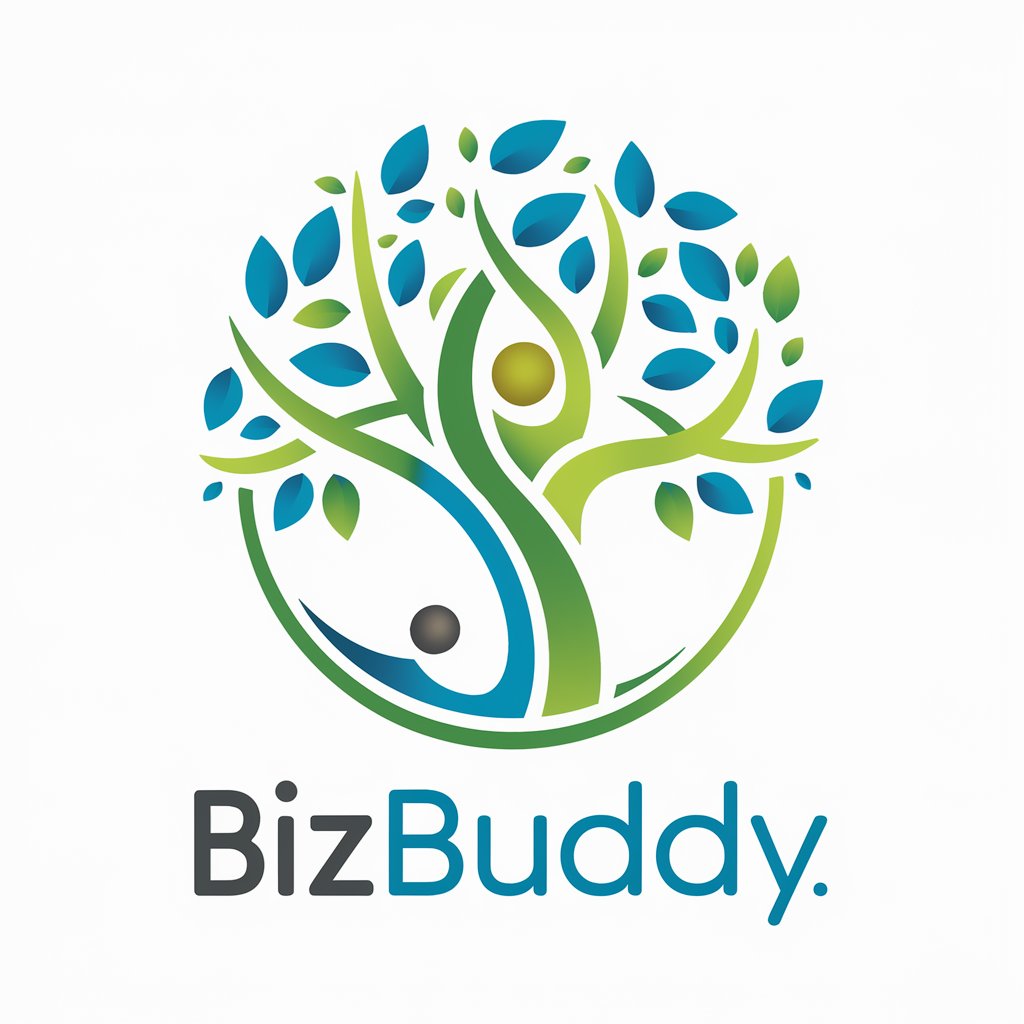
Market Maven
Empowering Trade with AI Insights

ASK LEX
Empowering Creativity and Efficiency with AI

PhDAI
Empowering Your Research with AI
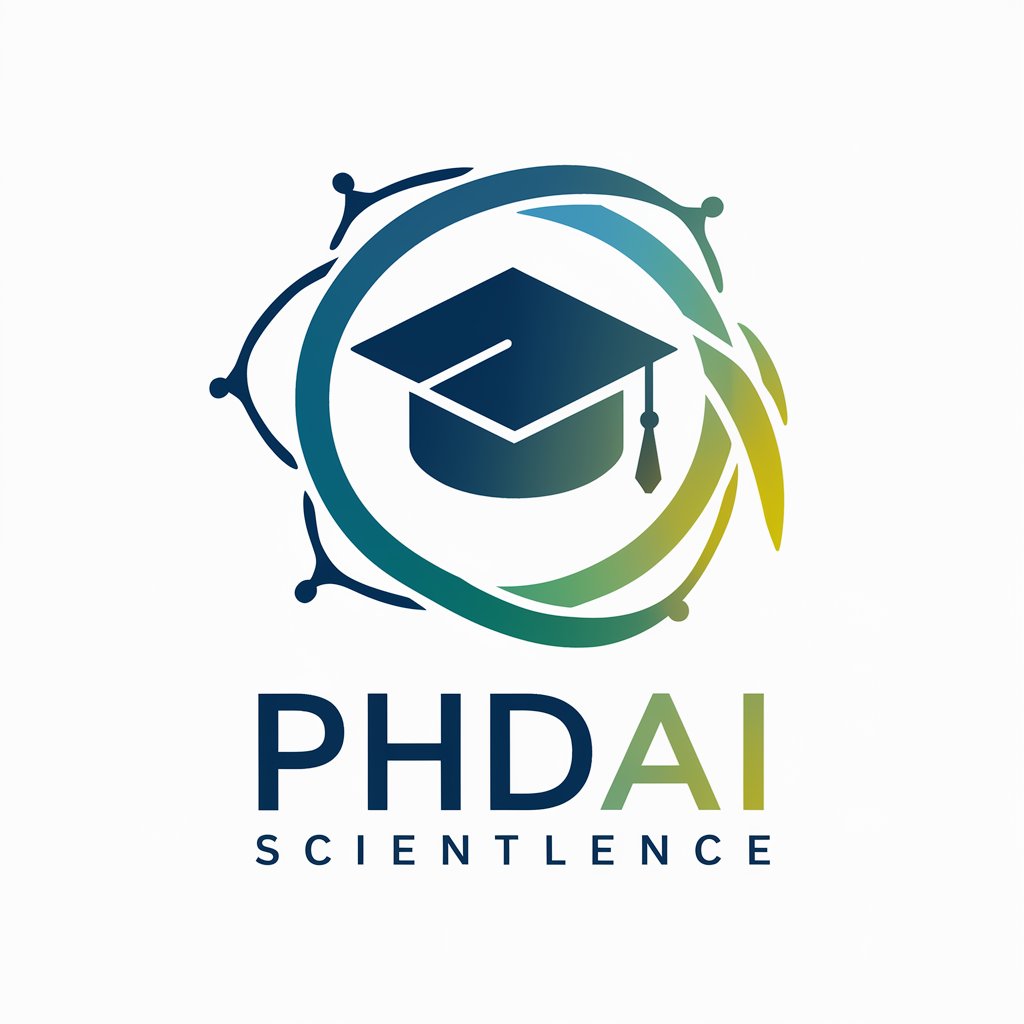
Skills Coach™
Elevate Your Skills with AI Coaching

Frequently Asked Questions about Scholarly Translator 学术翻译
What is Scholarly Translator 学术翻译 primarily used for?
It is used for transforming complex academic texts into simplified, accessible content, making it ideal for educators, students, and professionals seeking to understand or disseminate scholarly information effectively.
Can Scholarly Translator handle documents in multiple languages?
Currently, it primarily focuses on texts in English and Simplified Chinese, designed to facilitate bilingual translation and comprehension.
Is there a limit to the length of text that can be translated?
There might be limitations depending on the platform's processing capacity, but generally, it can handle extensive texts suitable for academic papers or detailed reports.
How accurate is the translation compared to human translation?
While highly effective for simplifying text and making it accessible, it is always recommended to review critical translations for accuracy and nuances that AI may not fully capture.
Are there any specific settings or customizations available?
Users can customize the complexity of the output, choose between different summarization levels, and tailor the content based on the target audience’s expertise.
